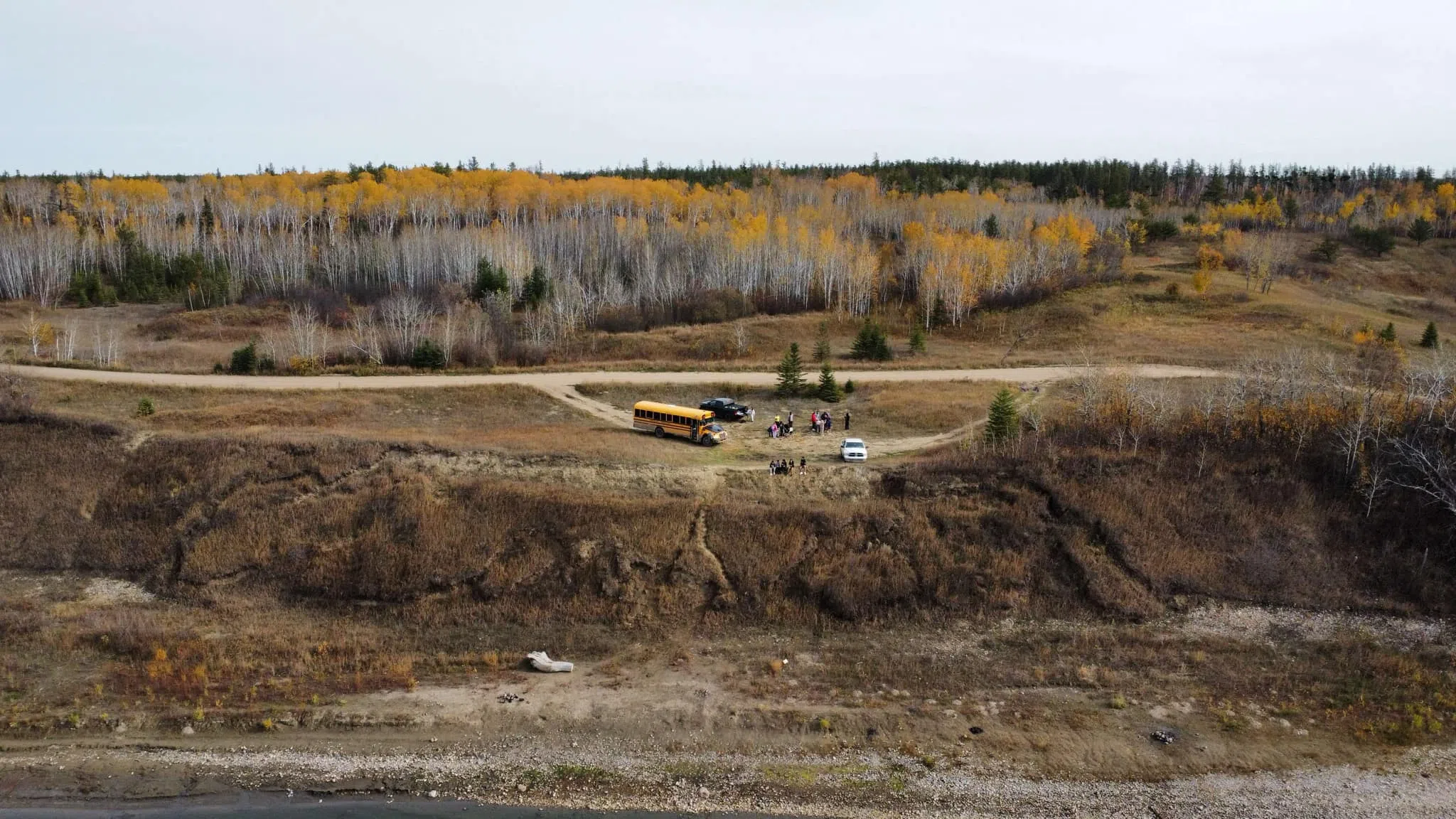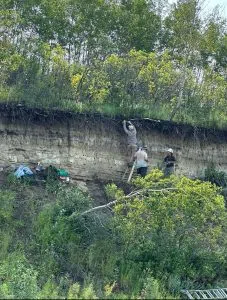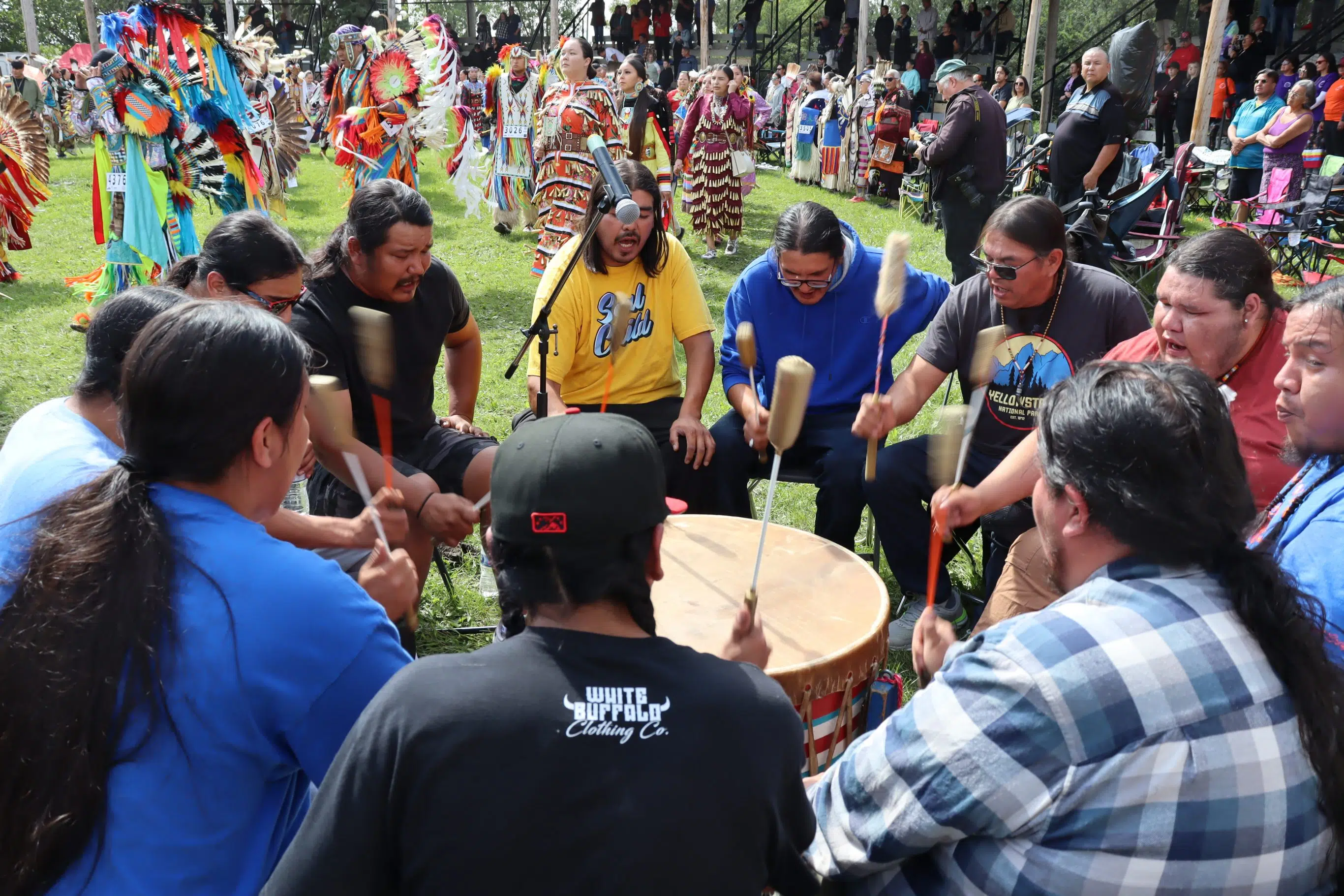
A major archaeological discovery near Sturgeon Lake First Nation in Saskatchewan is reshaping history and challenging long-held narratives about early Indigenous civilizations in North America.
What was initially thought to be a buffalo jump turned out to be so much more.
Researchers have found a pre-contact Indigenous settlement that dates back nearly 11,000 years.
Chief Christine Longjohn of Sturgeon Lake First Nation almost found the discovery too hard to believe at first.
Located about five kilometres north of Prince Albert along the North Saskatchewan River, the site was first identified by researcher and avocational archaeologist Dave Rondeau. While surveying the area, Rondeau noticed significant erosion along the riverbank exposing artifacts.

Findings include stone tools, fire pits, and lithic materials used in toolmaking. Evidence suggests the site was a long-term settlement rather than a temporary hunting camp.
Glenn Stuart is an associate professor in the department of anthropology at the University of Saskatchewan, and one of the members of the research team.
He was in awe when the carbon dating came back with just how old some of the findings were.

Charcoal layers also indicated early Indigenous inhabitants practiced fire management, aligning with longstanding oral traditions.
Chief Longjohn said the discovery upholds the teachings and stories that have been passed down through generations.
The Âsowanânihk Council, meaning “A Place to Cross” in Cree, is spearheading efforts to protect and study the site alongside archaeologists from the University of Saskatchewan and the University of Calgary. The council, which includes Elders, Knowledge Keepers, educators, youth and academics, is committed to ensuring the site’s preservation.
Chief Longjohn said plans are already in the works for the future of the site.
The community says the age of the site makes it one of the oldest known Indigenous settlements in North America.















Comments